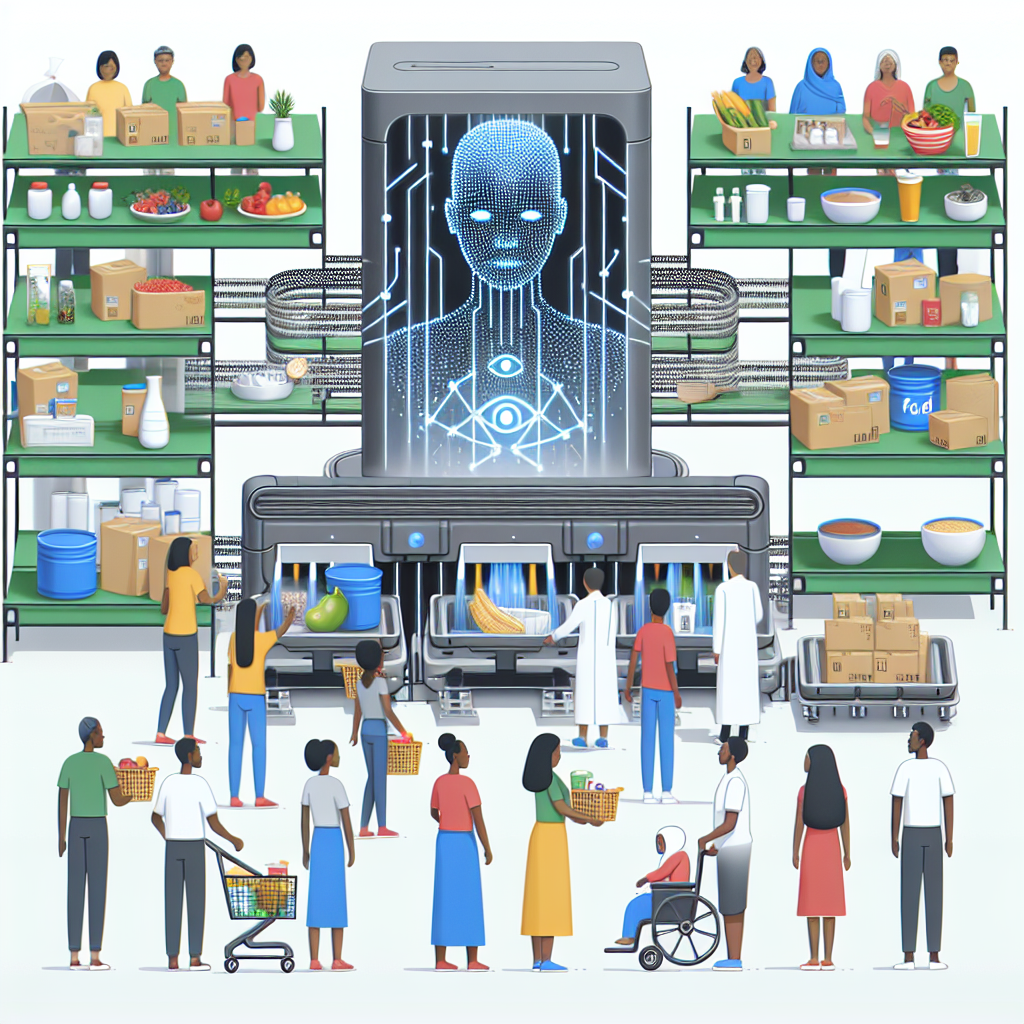In recent years, artificial intelligence (AI) has been increasingly deployed in various sectors to improve efficiency, accuracy, and decision-making processes. One area where AI has shown great potential is in humanitarian aid. Humanitarian organizations are always striving to improve their assistance programs and reach more people in need in a timely and effective manner. By incorporating AI technology into their operations, these organizations can enhance their ability to deliver aid and support to vulnerable populations around the world.
AI Deployment in Humanitarian Aid
AI can be used in a variety of ways to improve humanitarian aid programs. One of the key areas where AI is making a significant impact is in data analysis and decision-making. Humanitarian organizations collect vast amounts of data on things like population demographics, food security, disease outbreaks, and disaster response efforts. AI algorithms can help analyze this data quickly and accurately, identifying trends and patterns that might otherwise go unnoticed. This can help organizations make more informed decisions about where to allocate resources and how to tailor their assistance programs to best meet the needs of the communities they serve.
AI can also be used to improve the efficiency of aid delivery. For example, AI-powered drones can be used to deliver supplies to remote or hard-to-reach areas, reducing the need for costly and time-consuming ground transportation. AI can also help optimize supply chain management, ensuring that aid is delivered in a timely manner and that resources are distributed equitably.
Another way in which AI is being used in humanitarian aid is in the field of predictive analytics. By analyzing historical data and using machine learning algorithms, organizations can predict where and when humanitarian crises are likely to occur. This can help them pre-position resources and mobilize response teams more quickly, potentially saving lives and minimizing the impact of disasters.
AI can also be used to improve communication and coordination among different stakeholders in the humanitarian sector. For example, chatbots powered by AI can help field workers quickly access information and resources, enabling them to make more informed decisions in real-time. AI can also be used to analyze social media data and other sources of information to better understand the needs and preferences of the communities being served.
Overall, AI has the potential to revolutionize the way humanitarian aid is delivered, making programs more efficient, effective, and responsive to the needs of those in crisis.
FAQs
Q: How is AI being used in disaster response efforts?
A: AI is being used in disaster response efforts in a variety of ways. For example, AI-powered drones can be used to assess damage and deliver supplies to affected areas. AI algorithms can also help analyze satellite imagery to identify areas of need and optimize response efforts.
Q: How can AI help improve the efficiency of aid delivery?
A: AI can help improve the efficiency of aid delivery by optimizing supply chain management, automating logistics processes, and enabling faster and more accurate decision-making. AI-powered drones can also be used to deliver supplies to remote or hard-to-reach areas, reducing the need for costly and time-consuming ground transportation.
Q: How can AI be used to predict humanitarian crises?
A: AI can be used to predict humanitarian crises by analyzing historical data and using machine learning algorithms to identify patterns and trends. By analyzing factors like population demographics, food security, disease outbreaks, and environmental conditions, organizations can predict where and when crises are likely to occur and take proactive measures to mitigate their impact.
Q: How can AI improve communication and coordination among humanitarian organizations?
A: AI can improve communication and coordination among humanitarian organizations by enabling real-time data analysis, streamlining information sharing, and facilitating collaboration among different stakeholders. Chatbots powered by AI can help field workers quickly access information and resources, enabling them to make more informed decisions in real-time.
In conclusion, AI deployment in humanitarian aid has the potential to revolutionize the way assistance programs are delivered, making them more efficient, effective, and responsive to the needs of vulnerable populations. By leveraging AI technology, humanitarian organizations can improve data analysis, decision-making, aid delivery, and communication, ultimately enhancing their ability to support those in crisis around the world.

